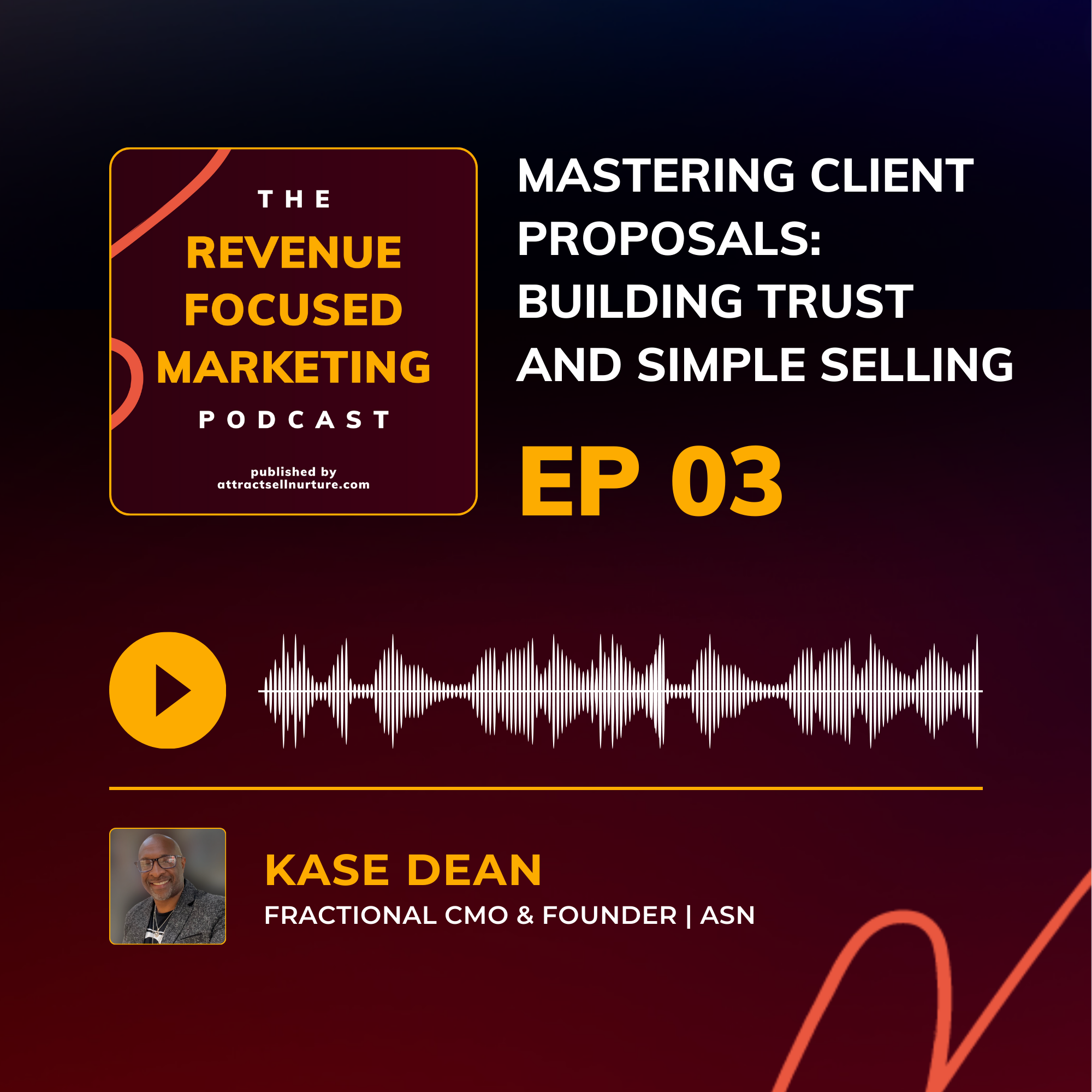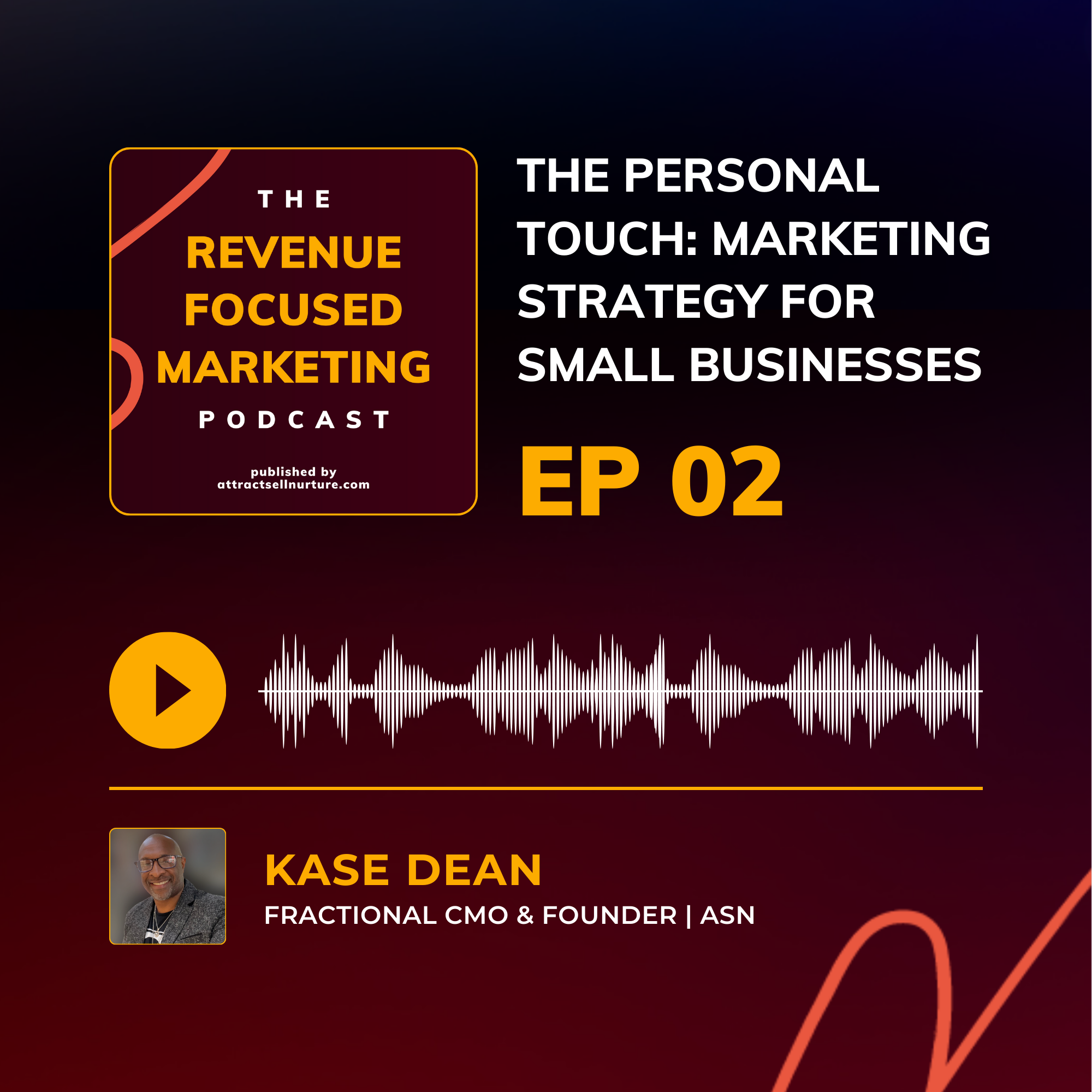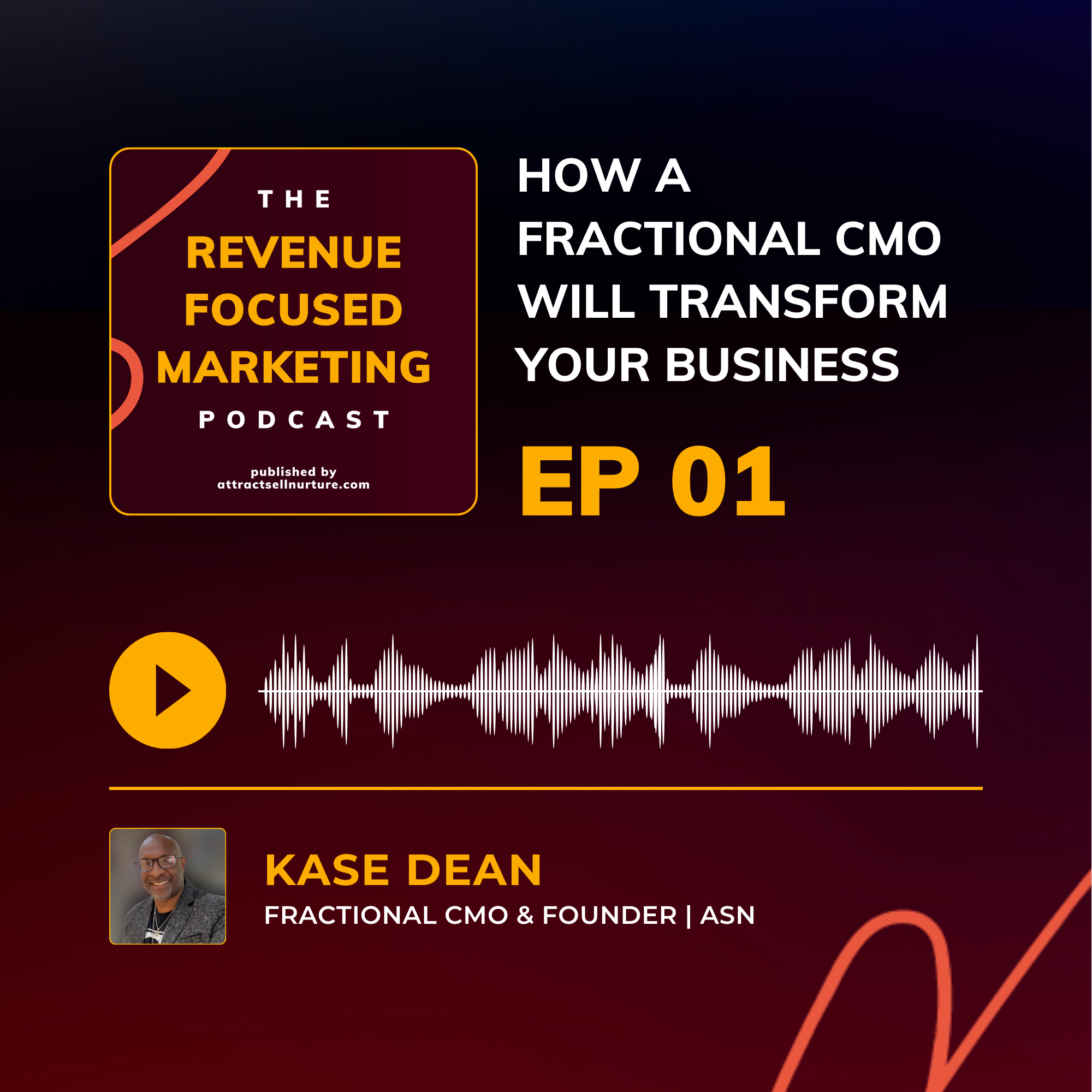Episode Transcript
Today, I want to talk about a topic that can seriously transform the way you handle proposals and close deals.
I want to explain in detail why I believe you should never send a proposal without presenting it first, and how this can help you build confidence, begin to establish trust with your potential clients, and ultimately, close more deals.
We first need to back up a bit to the most important part of the proposal process which is gathering comprehensive information in the discovery stage. This is where you dig deep into the motivations and emotions driving your potential client’s buying process. Understanding their pain points, goals, and what success looks like for them is crucial. This step involves asking the right questions to uncover their true needs and challenges, ensuring you can tailor your proposal to address these effectively.
In the discovery stage, you're not just collecting facts; you're getting to know the client on a deeper level. This involves understanding their business landscape, their specific problems, and what solutions they've tried before.
By fully grasping these elements, you can create a proposal that resonates with them on an emotional level, making it clear that you understand their situation and are the right person to help them achieve their goals. This thorough understanding forms the foundation for a compelling, client-specific proposal that positions you as the expert they need.
When working with clients, I like to think of myself as a doctor.
A good doctor doesn’t briefly listen to their patient and then hand over a treatment.
They first spend time understanding the symptoms, diagnosing the issue, and explaining the treatment plan in a way the patient can understand and feel comfortable with.
This is exactly how you should approach your proposals.
If you send a proposal without presenting it first, it’s like giving a patient a prescription without explaining why they need it or how it will help them. They might look at the price tag and get scared off without really appreciating the value of what you’re offering. Your job is to make sure they understand the worth of your solution and how it addresses their specific needs.
Also, be careful of being “client-led”. Being client-led means allowing the client to dictate the process, the scope, and even the pricing of the work. This often happens when you’re trying to please the client too much, which can lead to undervaluing your services and losing control over the project.
Instead, remember that you are the expert. You need to guide the client through your process, setting clear expectations and demonstrating your expertise. Think of it like being a doctor again – the patient (or client) comes to you because they need your professional guidance. They don’t dictate the treatment; they rely on you to provide the best solution based on your knowledge and experience.
By leading the process, you ensure that the client understands the value of your work and follows a path that will lead to the best outcomes for both parties. This not only helps in delivering better results but also establishes you as a trusted advisor rather than just a service provider.
Presenting Proposals
Let’s break down why presenting a proposal is so important. When I present a proposal, I walk the client through each part, explaining the value and reasoning behind it. This way, the client can ask questions, voice any concerns, and see exactly how my solution is tailored to their needs. It’s a conversation, not just a transaction.
This approach helps the client understand the worth of what you’re offering, rather than just seeing a big number at the bottom of a page. When you take the time to explain everything, you’re not just selling a service; you’re building a relationship based on trust and understanding.
When to Send a Proposal
Here’s a crucial point: I’ll only send a proposal when the client is 99.9% ready to accept it. This means they’ve already understood and agreed with the value and pricing during our conversations. Sending it is just a formality at this point, a final step before they say yes.
If the client isn’t almost completely ready to accept, then it’s not the right time to send a proposal. Instead, I set up another Q&A call. This gives us the chance to address any misunderstandings and ensure everything is clear. I believe that objections aren’t barriers; they simply mean there’s a misunderstanding, a lack of alignment, or perhaps the client wasn’t fully qualified from the start.
Educational Approach to Proposals
Your proposal should be mostly educational, with a small portion focused on closing the deal. The idea is to help the client understand exactly what they’re getting and why it’s valuable. When you qualify your clients properly and present your solution well, closing should feel natural and straightforward, not a hard sell.
Think about it this way: if you’ve done your job in educating the client, they should be excited and ready to move forward by the time you get to the proposal. It should feel like the natural next step in your working relationship.
Importance of a Q&A Session
Always reserve at least a third of your presentation time for questions. This helps the client feel heard and valued and ensures you address any lingering doubts or confusion. And remember, your proposal should have an expiry date to create a sense of urgency and encourage timely decisions.
By dedicating ample time for questions, you show the client that their concerns matter and that you’re there to help them make the best decision possible. This isn’t about pushing them to say yes; it’s about ensuring they fully understand and are comfortable with what they’re agreeing to.
Building Confidence and Trust
Think of this whole process as a way to build confidence and establish yourself as a trusted advisor. It’s not about hard selling or pushing a client to agree. It’s about making sure they fully understand and value what you’re offering. This way, when they do say yes, they’re confident and excited about moving forward with you.
By presenting your proposal, you’re taking control of the process. You’re guiding the client through each step, making sure they understand and appreciate the value of what you’re offering. This not only builds trust but also positions you as an expert who cares about their success.
Actionable Tips for You
So, how can you start applying this to your own business? Here are some actionable tips to get you started:
Treat your proposal like a conversation: When you present your proposal, walk the client through it just like you would explain a treatment plan if you were a doctor. Make sure they understand each part and its value.
Wait until the client is ready: Only send the proposal when the client is 99.9% ready to accept it. If there’s any doubt, schedule a Q&A call instead to clear up any misunderstandings.
Focus on education:
Make your proposal 80% educational and 20% about closing the deal. Help the client understand what they’re getting and why it’s valuable.
Allow time for questions:
Dedicate at least a third of your presentation time to answering questions. This shows the client that you value their input and are there to help them make the best decision.
Set an expiry date:
Make sure your proposal has an expiry date. This encourages the client to make a timely decision and shows that you value your time and services.
By following these tips, you can build stronger relationships with your clients and close more deals with confidence. Remember, it’s all about helping the client understand and value what you’re offering. When they do, saying yes becomes a natural and exciting step forward.



